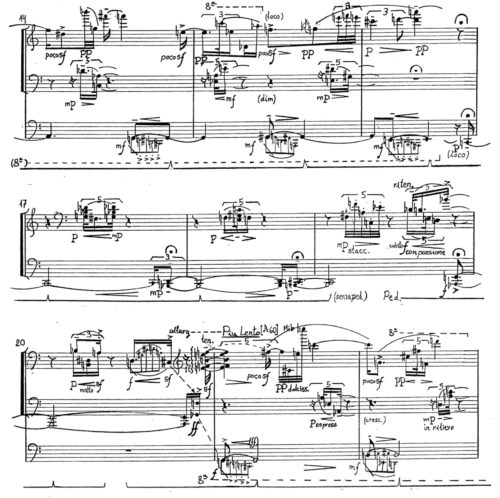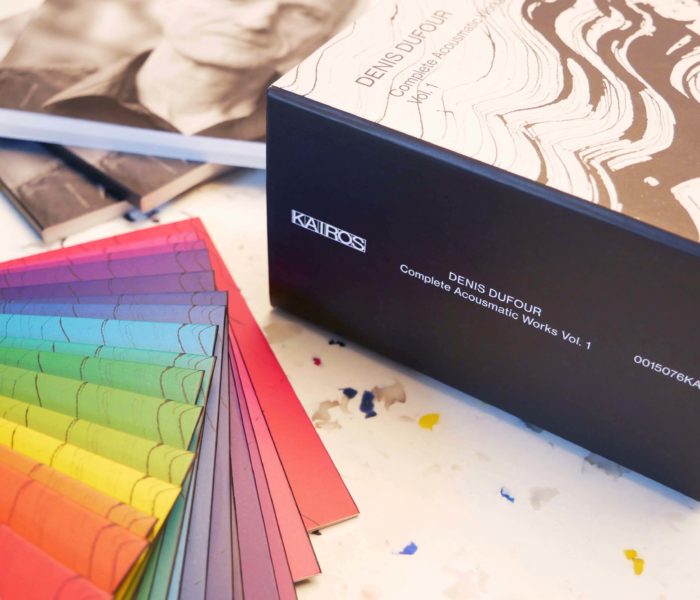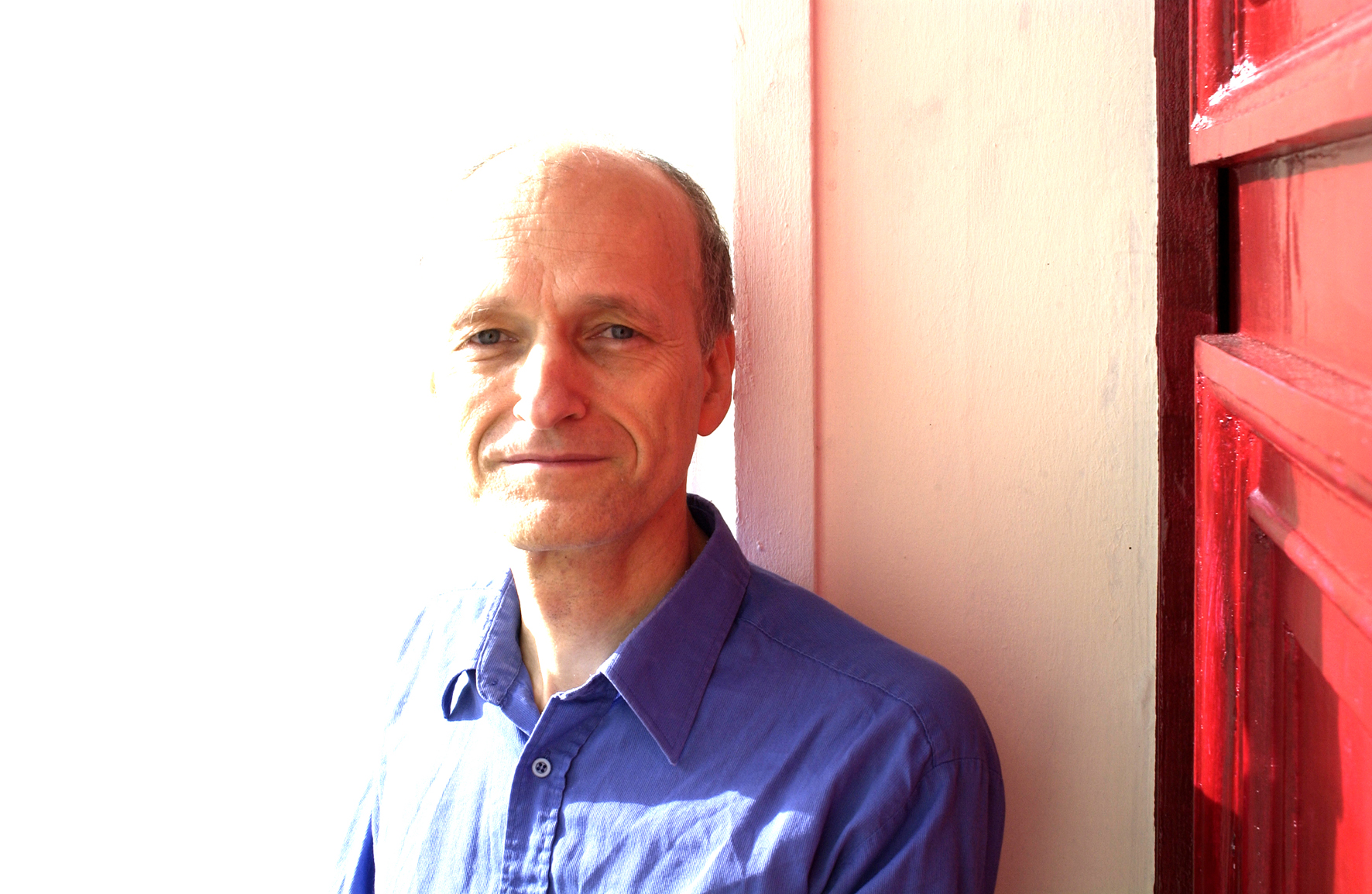With a dozen pieces performed by Alfonso Gómez, this monographic CD, published by Kairos, presents almost all the piano music by Basque composer Gabriel Erkoreka.
Gabriel Erkoreka was himself a pianist-performer at the start of his career, playing with the Bilbao Symphony Orchestra. The two pieces that open this recording, Nubes and Nubes II (Nuages in Spanish), written at the age of 25, already hint at the sonic perspectives to come: an obstinate exploration of resonance and its different modes of maintenance(Nubes), a playing that unfolds in extreme registers and an energy of gesture favoring kinetic movements. The piano is generous, richly timbred, inscribed in a fluctuating temporality(Nubes II). These are the constants that run through the Four Ballades (2017-2021), composed more than twenty years after the early diptych: the composer's masterpieces paying homage to beloved figures.
In Ballade N°1 (Pierre Boulez in memoriam), space opens up and the polyphony becomes progressively denser: a piano of delirium as envisaged by Boulez in his Sonatas, calling for virtuosity and vivacity of figures. A dramaturgy emerges in 2 (Edgard Varèse in memoriam), incorporating percussion on the wood of the instrument: insistent polar notes and star-like figures. The piano is expansive and free in gesture, trills ever present and the lower register much in demand. In Ballade N°3 (Olivier Messiaen in memoriam), the sound of a bird is superimposed in a style of colored chords and fluid, almost Lisztian arabesques. In Ballade No. 4 (Gérard Grisey in memoriam), the writing invests the resonant bass before reaching the treble. The outpouring is permanent, and the spatial configurations are constantly being redesigned: a piano of delirium, to be sure, but always controlled.
The other four pieces reveal the composer's Basque side through the rhythms (Dos Zortzikos) and luminous colors of his homeland. The register is clear and the melodic dimension emerges in Jaia (Faire la fête), a kind of sonic anamorphosis of Navarra, a piece left unfinished by Albeniz. The music of the Catalan can be heard in Mundaka (a town on the Bizkaia coast), with Messiaen's free rhythm driving a style as complex as it is luminous. The " Vingts Regards " composer's signature (the "gong" in the piano's bass and the superimposed temporal layers) also shines through in Dos Zortzikos, even if the writing of the twin pieces (2 is played before 1) is based on the singular rhythm of Basque folklore. Kaila Kantuz, with its pure, well-sounding style, is the Basque composer and pianist's personal and poetic tribute to his native land.
Alfonso Gómez is no stranger to Gabriel Erkoreka 's world of sound and writing, which he fully embodies in the virtuoso scope and quasi-orchestral dimension of his keyboard. His sound is sumptuous and his commitment total in these six energetic scores, in which the pianist combines powerful gesture and precise articulation.
Michèle Tosi
Gabriel Erkoreka (b. 1969): Nubes, Cúmulos... Nimbos; Nubes II Cirros... Estratos; Four Ballades; Jaia; Dos Zortzikos; Kaila Kantuz; Mundaka. Piano, Alfonso Gómez. CD Kairos



)





